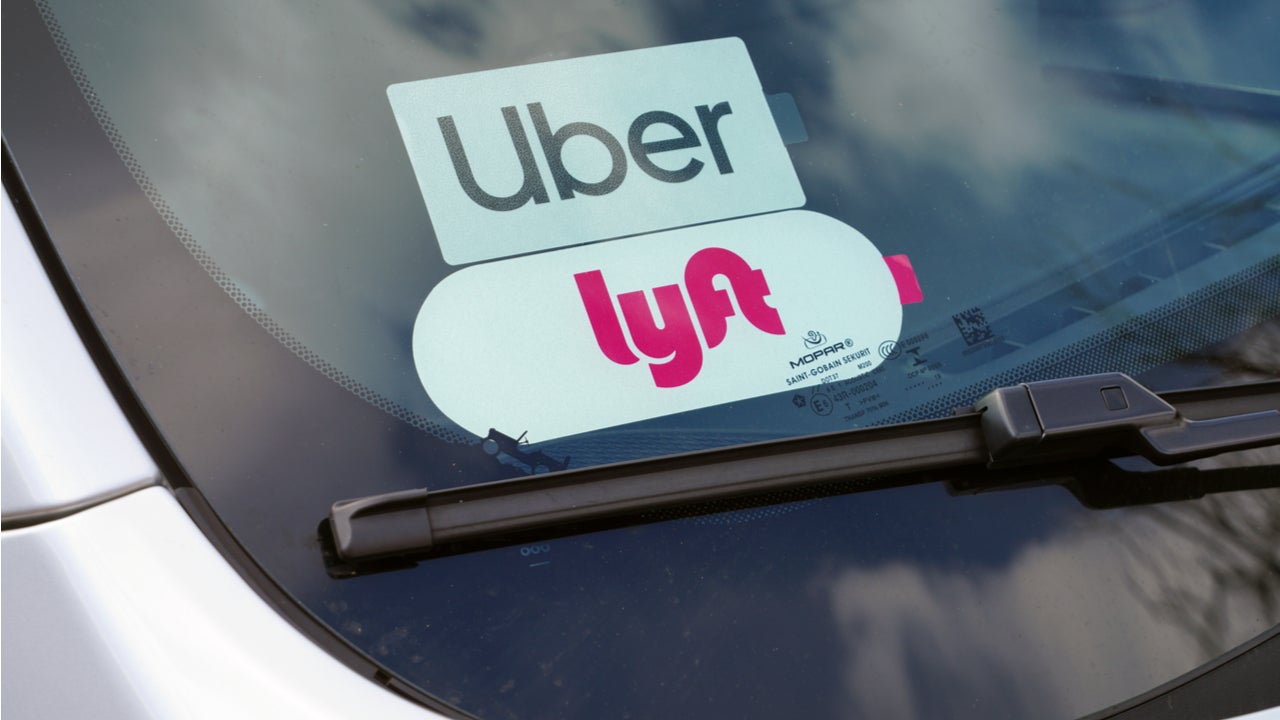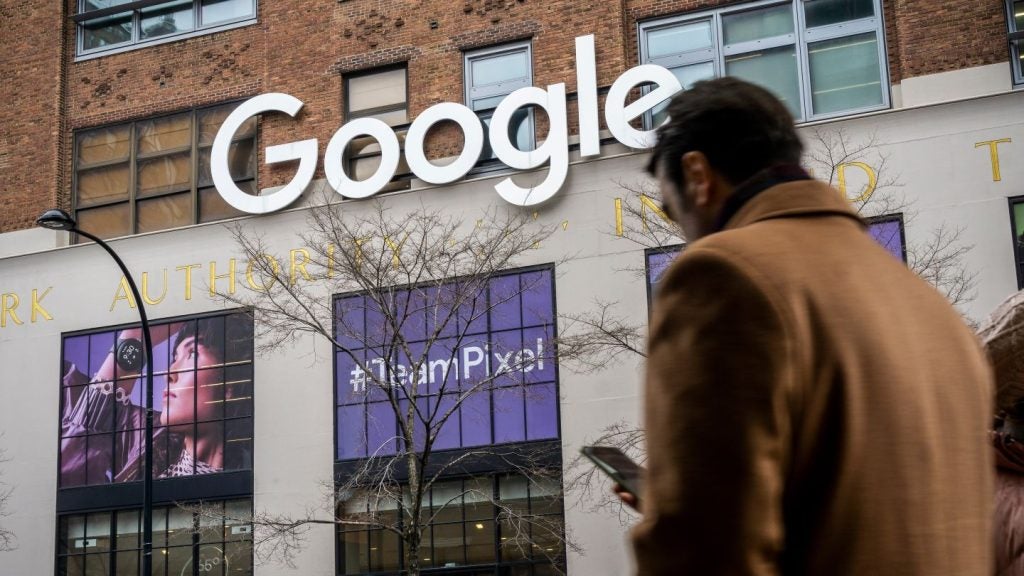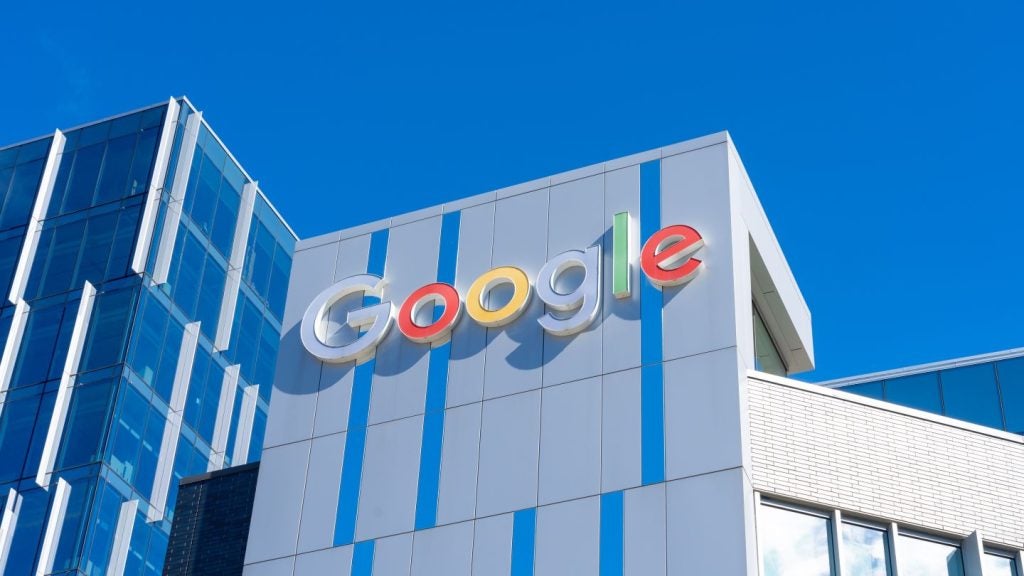
Ride-hailing rivals Uber and Lyft have bounced back strongly from the pandemic in the first quarter in which Covid-19 restrictions have been significantly lifted. Despite an uptick in trips ordered via their apps and narrowing losses, Uber and Lyft continue to face hurdles on the road to profitability.
The two San Francisco-headquartered behemoths both posted second-quarter results this week. The comparable year-ago quarter covered the beginning of the pandemic when global lockdown restrictions were at their peak. Stay at home restrictions decimated the revenues of ride-hailing firms – a trend that continued throughout 2020.
But the second quarter of 2021 marks the first period in which restrictions have been notably lifted, giving a chance to compare their respective recoveries.
The reopening of economies helped Uber more than double its completed trips for the three months ended 30 June, up from 737 million to 1.5 billion year on year. This boosted overall revenues by 105% to $3.93bn.
Throughout the pandemic the hit to Uber’s core ride-hailing business was cushioned by soaring demand for its food delivery division Uber Eats. In August 2020, delivery revenue overtook ride-hailing and it has remained on top ever since.
This quarter Uber Eats revenue totalled $1.96bn – up 122% – suggesting home-delivery habits might be here to stay. It’s a shift that will be welcomed by Uber. Still, the company will also be encouraged by the increase in demand for its core ride-hailing business. It brought in revenue of $1.62bn, up 98%.
“Our platform is getting stronger each quarter, with consumers who engage with both Mobility and Delivery now generating nearly half of our total company gross bookings,” said Uber CEO Dara Khosrowshahi.
It was a similar story for smaller rival Lyft, which saw active riders increase by 97% year on year to 17.1 million.
This in turn drove revenue up by 125% from $339.3m to $765m. Unlike Uber, Lyft does not have a food delivery business that it can fall back on although it has launched a business-to-business logistics division.
“We had a great quarter. We beat our outlook across every metric and we have growing momentum,” said Logan Green, co-founder and chief executive officer of Lyft. “Since our inception, we’ve worked hard to defy the odds with a deep belief in our mission. We’ve consistently innovated and made big bets and this is just the beginning.”
Plummeting demand for trips during the pandemic coupled with a lack of job security for drivers prompted many riders to find work elsewhere. This became problematic for Uber and Lyft when social restrictions eased. Suddenly, they didn’t have enough drivers to meet the rising demand from would-be passengers emerging from a year of lockdowns. Consequently, passengers were forced to wait longer to be served.
Uber created a $250m “stimulus” fund that temporarily offered higher pay to incentivise drivers to return to its apps. Similarly, Lyft offered bonuses of up to $800 for referring former drivers back.
The tactics have succeeded. Monthly active drivers at Uber increased by 420,000 between February and July. Lyft did not provide figures but said the number of drivers increased in the second quarter at a faster pace than in the first quarter.
But these measures have also eaten into Uber and Lyft’s profits. The “take rate” – Uber’s share of the taxi fare – fell from 25.8% to 18.7%.
Despite promising signs, there are other reasons to be cautious.
“The road to recovery is also full of uncertainties especially around the Delta variant, which is on the rise in several countries, including the US,” said Laura Petrone, senior analyst at GlobalData.
The long and winding road to profitability
Lyft was founded in 2012, while Uber had a first-mover advantage with its 2009 launch. Both companies went public mid-2019 in highly anticipated but ultimately disappointing IPOs.
Neither Uber nor Lyft has turned an annual profit. Both companies have chased growth by undercutting traditional taxi companies and aggressive marketing, making up the shortfall with investor cash.
Uber boss Khosrowshahi had been aiming to make the company profitable by 2021. That was before the pandemic, but he remains committed to making that happen, albeit with concessions. CFO Nelson Chai said the company is “well-positioned to reach adjusted EBITDA profitability by Q4” – a metric that excludes taxes and other costs.
Uber did, however, report a surprise one-time profit of $1.1bn in Q2. But this was largely due to unrealised gains of $1.4bn from its investment in Chinese ride-hailing firm Didi and a $471m investment in driverless car company Aurora.
Taking these windfalls away, Uber’s Q2 net profits switch to a net loss of $771m.
There were more promising signs for Lyft on its path to profitability. For the first time it reported adjusted EBITDA profit, totalling $23.8m. Adjusted EBITDA margin for the second quarter was a positive 3.1% versus an 82.6% loss in the same period in 2020.
While Lyft CFO Brian Roberts described the quarter as “truly exceptional”, the company reported an overall net loss of $251.9m.
It does, however, mark a significant narrowing – 42% – of its losses a year ago, which then stood at $437.1m
Uber fared less well than its rival on the adjusted EBITDA metric, reporting losses of $509m. This represents a narrowing of its losses by 39% year on year.
Uber and Lyft face regulatory threats
Despite Uber and Lyft having weathered the worst of the pandemic, they face other obstacles on the road to profitability.
Uber’s Supreme Court loss in February means its UK drivers are now entitled to minimum wage and paid holiday. In May, Uber set aside $600m to cover the cost of retrospective pay claims from drivers. It will also face increased costs in the UK going forward and its UK drivers also made history by joining the first union to be recognised by Uber. The ruling and the subsequent unionisation did not apply to UK Uber Eats riders.
The driver status ruling doesn’t automatically apply to other ride-hailing companies or other gig economy businesses either. Food-delivery app Deliveroo, for instance, won a court case in June where riders attempted to be recognised as employees and not independent contractors.
However, despite the ruling being limited to Uber’s UK operations, it reflects growing regulatory pushback against gig economy companies.
“Uber and Lyft are facing regulatory hurdles as lawmakers are discussing granting gig workers more rights and better working conditions,” said Petrone.
Uber and Lyft successfully fended off a push in California to classify their drivers as employees in November 2020. Had they lost the Proposition 22 ballot measure, gig economy firms in the state would have been forced to pay minimum wage, healthcare and other work benefits.
Gig economy firms backing Proposition 22, which also included delivery firm DoorDash, outspent labour unions during the campaign by approximately $220m to $20m in a sign of how much of a threat they saw it as to their business models.
A coalition of gig economy companies with many of the same Proposition 22 members are now taking the California playbook on the road, trying to repeat the victory in Massachusetts, as the New York Times reported this week.
“In general the gig-economy business model as it stands is being questioned around the world and this could play into the drivers’ hands in a time when their negotiating power has never been stronger due to drivers shortage,” added Petrone.
According to GlobalData’s ecommerce thematic scorecard, Uber is ranked 47th and performs particularly poorly on regulation, sustainability and Covid-19. Meanwhile, Lyft is ranked 49th and performs poorly for the same themes.
Driverless saviour?
Despite bleeding cash, Uber is worth more than $78bn at the time of writing, while Lyft is worth $16bn. There is clearly strong belief that these two companies will one day turn a profit – and when they do it will be lucrative for its backers.
It has often been suggested that Uber and Lyft will swing into profit when driverless vehicle technology matures. Removing the human driver eliminates the single largest expense in ride-sharing, leaving more spoils for ride-hailing companies – or so the theory goes.
But for all the ambitious promises of driverless vehicles revolutionising transport in the near future, fully autonomous (level 5) vehicles remain a distant dream.
Uber has invested heavily in developing self-driving technology, but its plans suffered a setback in 2020. Struggling for cash, Uber sold its self-driving unit, the Advanced Technologies Group, to Amazon-backed self-driving car startup Aurora Technologies in December 2020 for approximately $4bn.
As part of the deal Uber invested $400m in Aurora for a 26% stake, suggesting that Uber hasn’t completely exited the self-driving car sector.
According to Petrone investment in driverless cars adds to the “unpredictability” of Uber’s fortunes.
“Uber had to abandon plans to develop its own self-driving cars due to the enormous cash drain, but has recently invested in China’s Didi and autonomous technology company Aurora,” she said.
But Didi has recently faced “unprecedented regulatory pressure” from Beijing in a further blow to Uber, she added.
“More generally, a future when robotaxis will reach mass-market adoption still seems quite far away.”







